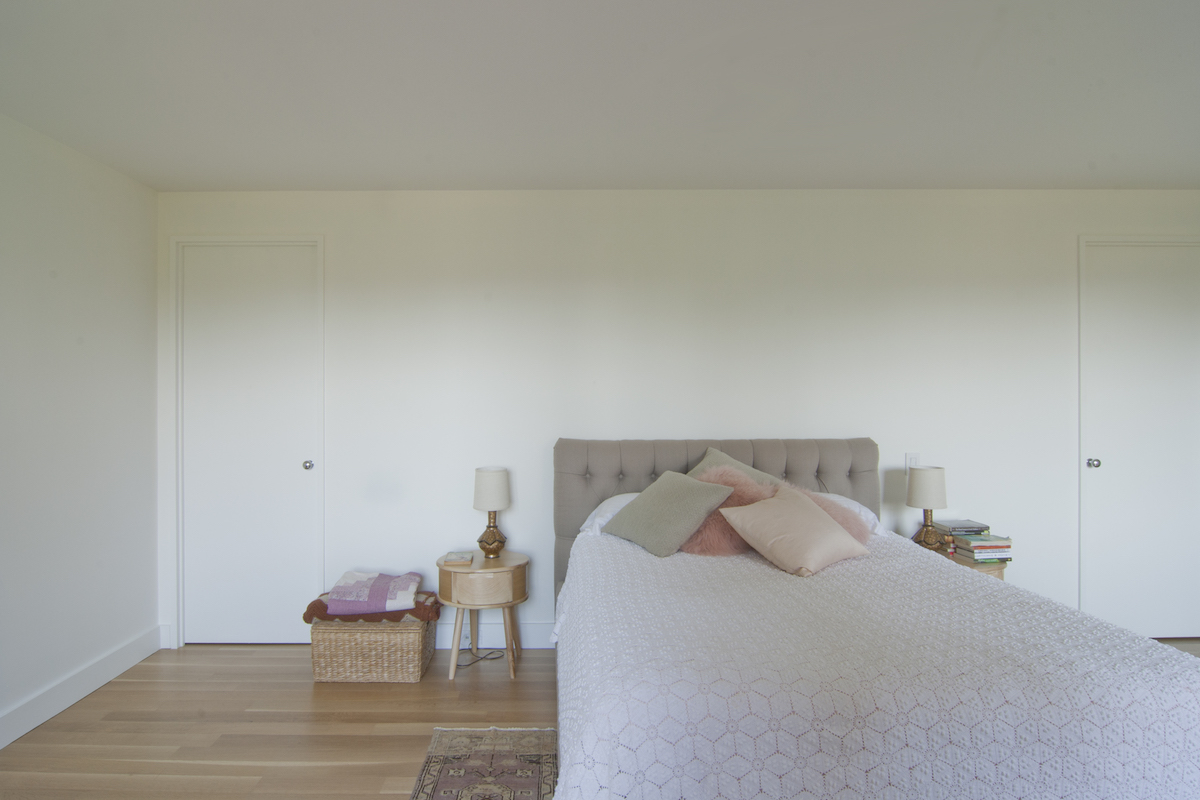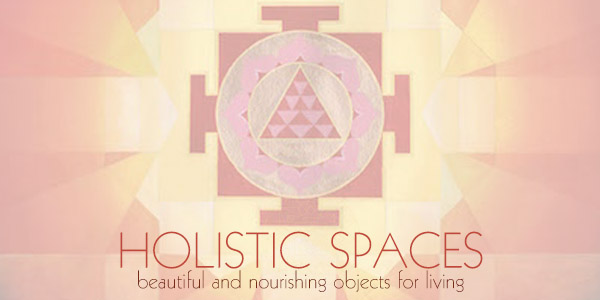How does one deal with a space (such as a small NYC apartment) where moving the bed or having two nightstands is not possible?
Sacha J., New York City, NY
In feng shui, the most ideal layout of the bed would be such that there is space on both sides of the bed with nightstands and lamps on each side of the bed. Your bed location is one of the most important things to consider in feng shui philosophy, because it's where you spend many YIN, or passive, hours sleeping. So where your bed is placed greatly affects you when you are most susceptible to influence.
So, why does it matter if you have some open space on both sides of your bed? When your bed is pushed up next to the wall, the person sleeping on the closed side of the bed may feel constrained or trapped by life. Also, the side of the body that's facing the wall has less energy (chi) flowing around it, so it may become weaker. If you sleep alone, you also may have the issues with the side of the body facing the wall.
What can we do about it? Well of course, the ideal situation is to change the location of the bed. If that's not possible, as Sacha suggests, you can try to safely and securely fasten a large mirror on the wall. This would be the wall the bed is pushed up against. The mirror will expand the space next to the bed to help alleviate the feng shui and energetic blocks. Now, I know this is going to bring up another question I often get asked: Isn't it bad feng shui to put a mirror in the bedroom? No, it depends! And in this case it's okay, as long as you make sure it is securely attached to the wall so the occupants feel safe. Take a look at this Q&A Sunday answer for insight around when mirrors in the bedroom are okay.
Thanks for your question, Sacha.








